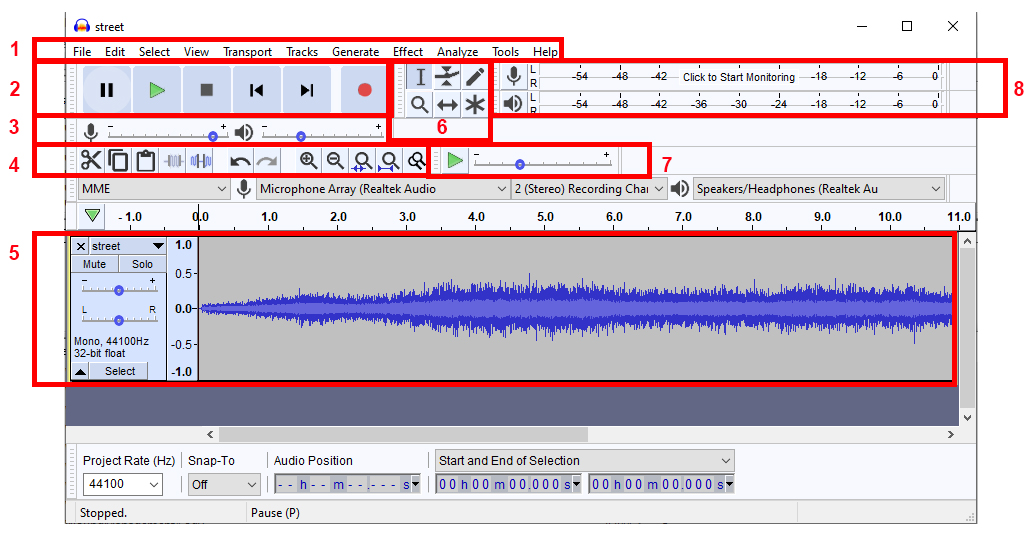

- #FFMPEG COPY CHAPTERS FROM ONE FILE TO ANOTHER MP4#
- #FFMPEG COPY CHAPTERS FROM ONE FILE TO ANOTHER INSTALL#
I assumed that -mapchapters 3 would take the 4th input (the chapters file. remove chapters from output files (as they would be invalid timecodes) And here's my FFMPEG command: -i video.mov -i stereo.wav -i 5.1.wav -i chapters.txt \ -c:v libx264 -flags +globalheader \ -map 0:v -map 1:a -c:a copy -map 2:a -c:a copy -mapchapters 3 \ -f tee ' select\'0:v,1:aoutputstereo.mkv select\'0:v,2:aoutput5.1.mkv'.carrying over of multiple audio or subtitle streams.improved readability by using multiple lines.improved reliability by avoiding xargs and sed.splitting the input rather than the output.

Or you can write out the chapter markers and run through them with this bash script which is just a little easier to read. ffmpeg -i ORIGINALFILE.mp4 -acodec copy -vcodec copy -ss 0 -t 00:15:00 OUTFILE-1.mp4 I'd still be more than interested if there was a way to apply all extended attributes from one file to another if there is any way.
#FFMPEG COPY CHAPTERS FROM ONE FILE TO ANOTHER INSTALL#
Install tag via brew and proceed as follows: tag -a ' (tag -Nl sourcefile)' destinationfile. You could do this manually for each chapter. I found a convenient way to apply the tags from one file to another since this was my main goal. Your command parses through the files metadata and reads out the timecode markers for each chapter. | xargs -n 11 ffmpeg # construct argument list with maximum of 11 arguments and execute ffmpeg Unfortunately, like all iOS devices, the end result is VFR video. Video (s) are/have been shot using iOS devices and the MoviePro app, 400 quality, 30fps, and uncompressed audio settings. with no timestamp instructions yields a 19200 tbn/tbc. | sed -E "s/ *Chapter #(+.+): start (+.+), end (+.+)/-i \"$SOURCE.$EXT\" -vcodec copy -acodec copy -ss \2 -to \3 \"$SOURCE-\1.$EXT\"/" \ # filter the results, explicitly defining the timecode markers for each chapter Code: ffmpeg -i INPUT.MOV -c copy OUTPUT.MOV. | grep Chapter \ # search for Chapter in metadata and pass the results
#FFMPEG COPY CHAPTERS FROM ONE FILE TO ANOTHER MP4#
Note: VLC might play a mp4 with a DivX codec but uploading to Instagram may not because it does not have a decoder for DivX playback.Ffmpeg -i "$SOURCE.$EXT" 2>&1 \ # get metadata about file The copy () function returns true on success and false on failure.

It makes a copy of the source file to the destination file and if the destination file already exists, it gets overwritten. So copying video codecs blindly may result in a faulty playback. The copy () function in PHP is used to copy a file from source to target or destination directory. Whereas mp4 does not natively support DivX, Xvid or other codecs. The reason for concern is the avi format supports a wide range of codecs, DivX, Xvid, H.264, and MPEG-4 to name a few. Below is an example of risky codec copying: $ ffmpeg -i input.avi -vcodec copy -acodec copy output.mp4

More often than not, this is risky but due to programs like VLC playback isn’t halted regardless of format type + codec combinations. It is common to see on programming forums, such as Stack Overflow, examples where the author has copied the codec from one format type to another. write the metadata file to the video : ffmpeg -i INPUT -i FFMETADATAFILE -mapmetadata 1 -mapchapters 1. Explore different Funny (copy and paste) Text Arts. append the content of the generated file. I am a straight guy located to gauteng, DM for nudes, inbox for submission. We then turned to ExifTool using the following commands: There are still a ton of discrepancies, and. We are able to get the 5 streams in the file, but the metadata is simply not copying over with ffmpeg. Adding the option copy after each results in FFMPEG using and copying the codec from the input file. /helper.py script : python3 helper.py - modify the parser or filenames in the script if needed. We tried ffmpeg first, taking two input files (source video and fixed video) and copying the video stream and other streams to a new mp4 file. It expects the chapters.txt file to be a txt file with 1 chapter per line starting with 0:00:00 style time stamps and followed by the title of the chapter It appends to an existing FFMETADATAFILE It expects no existing. c:v also seen as -vcodec sets the video codec, while -c:a or -acodec sets the audio codec. It expects to be in the same directory as a chapters.txt file to read from, and an FFMETADATAFILE file to output to. Copying a codec from one video to another is easy and convenient as seen below: $ ffmpeg -i input.avi -c:v copy -c:a copy output.mp4 I want to copy all the streams (including cover art) except the first video stream from one MP4 file to another, here is what I do : time ffmpeg -hidebanner -i toto1.


 0 kommentar(er)
0 kommentar(er)
